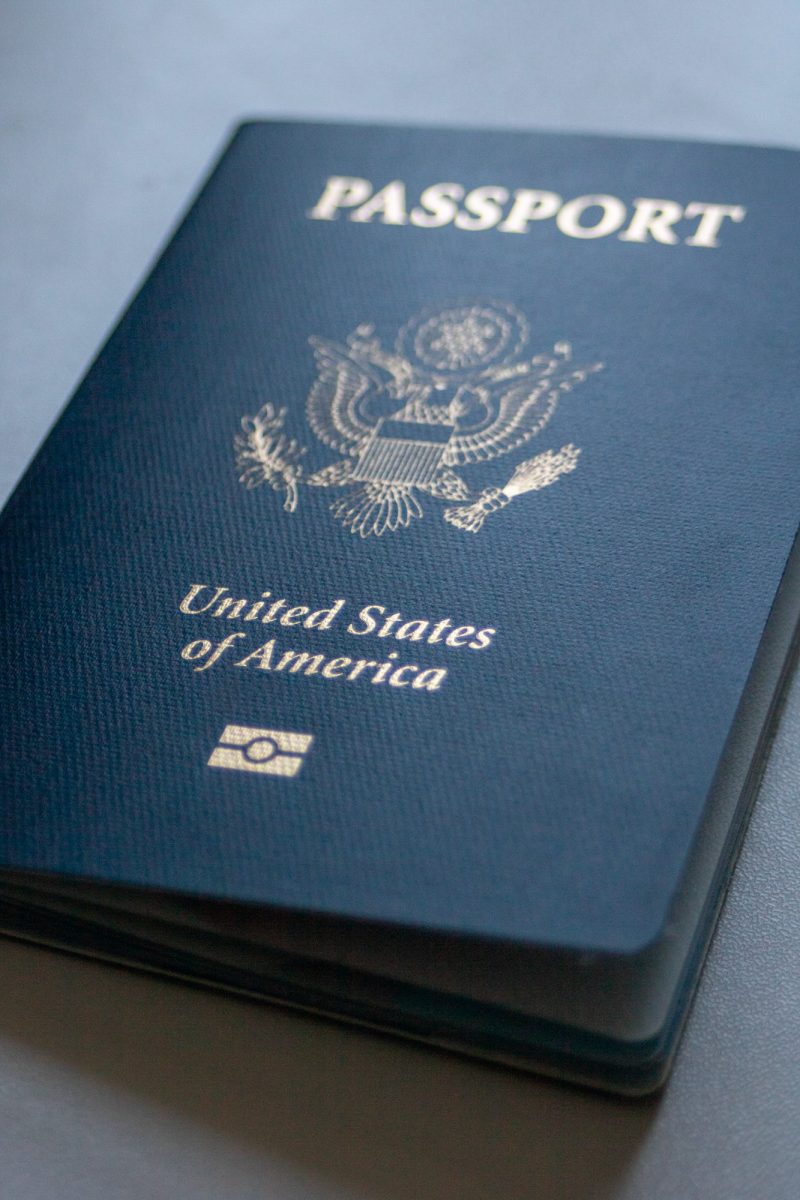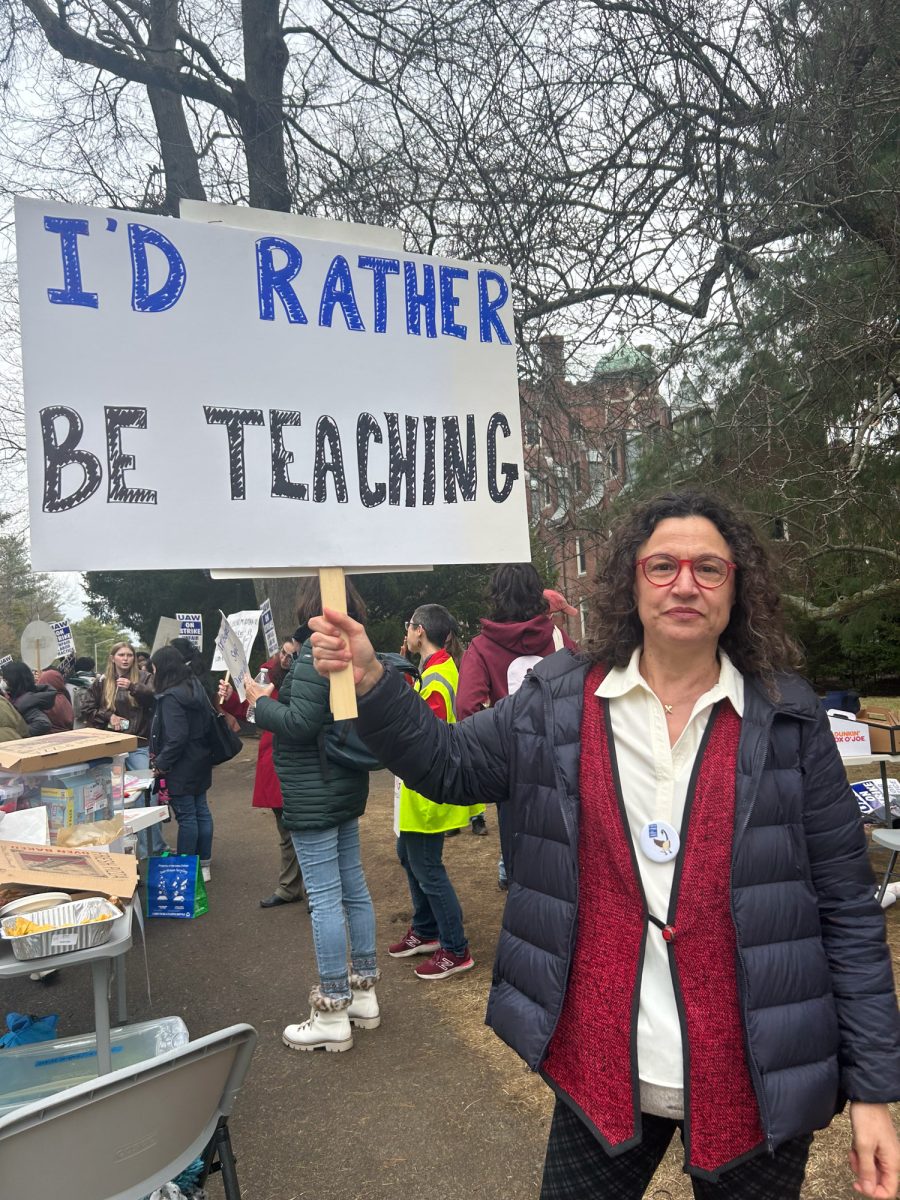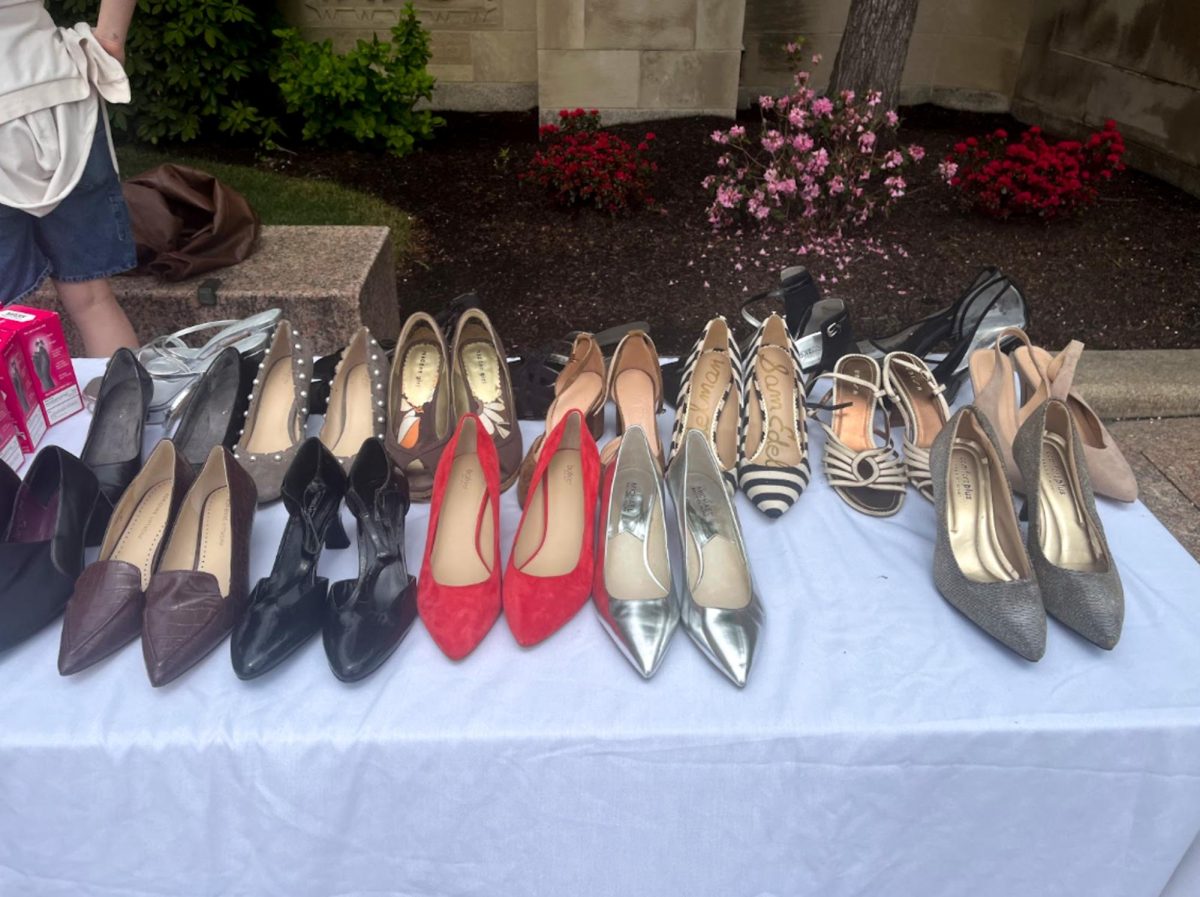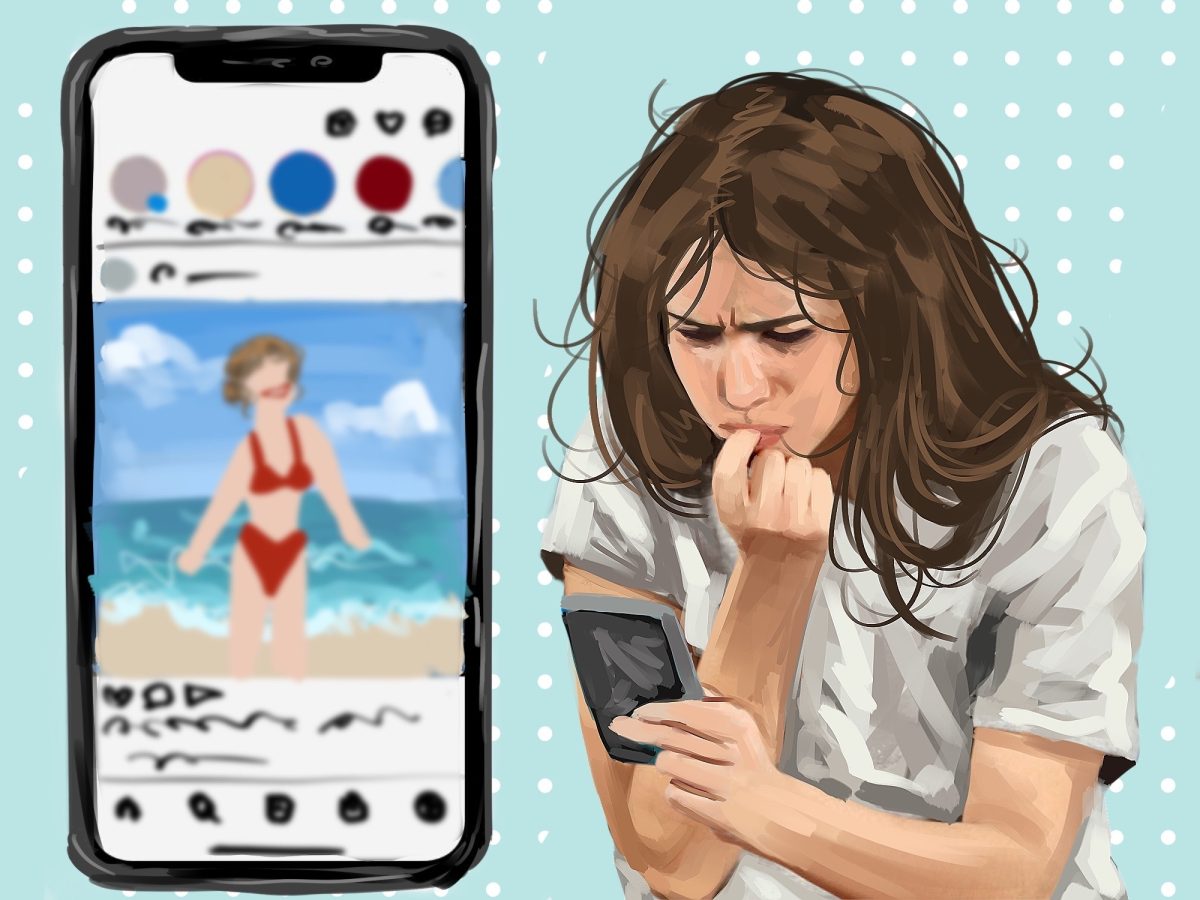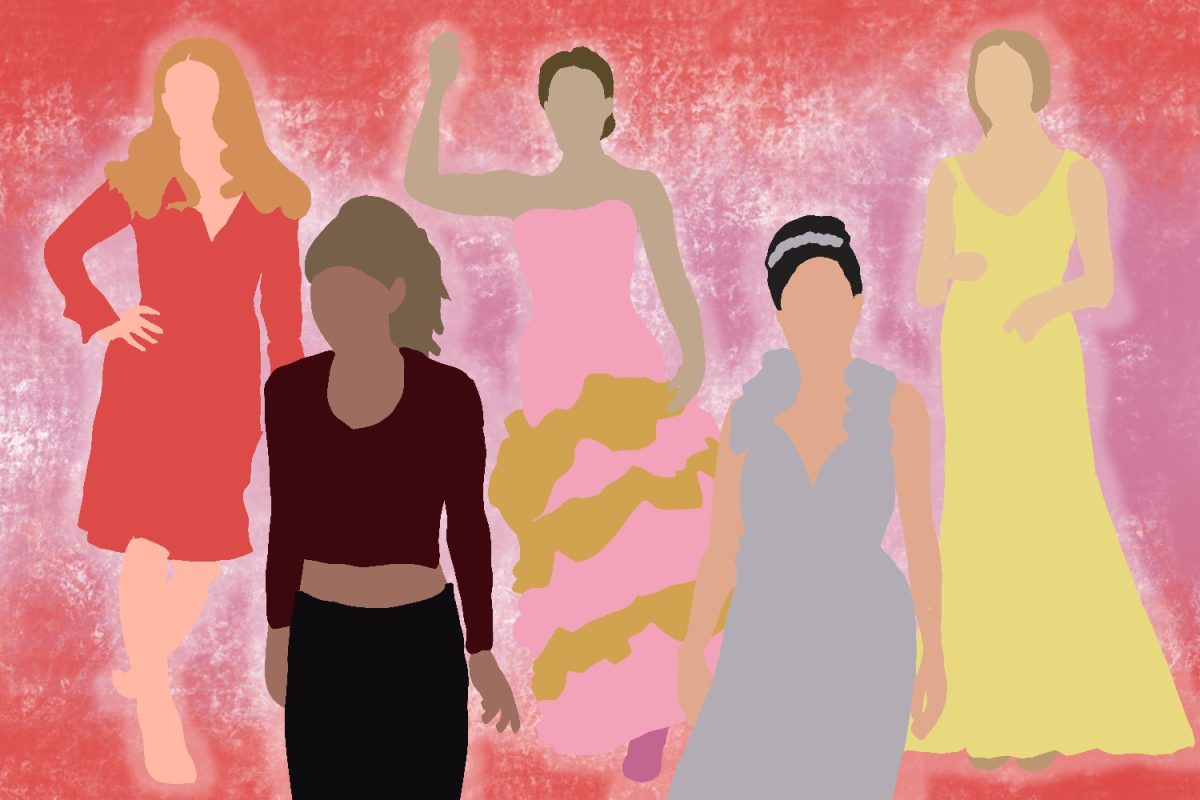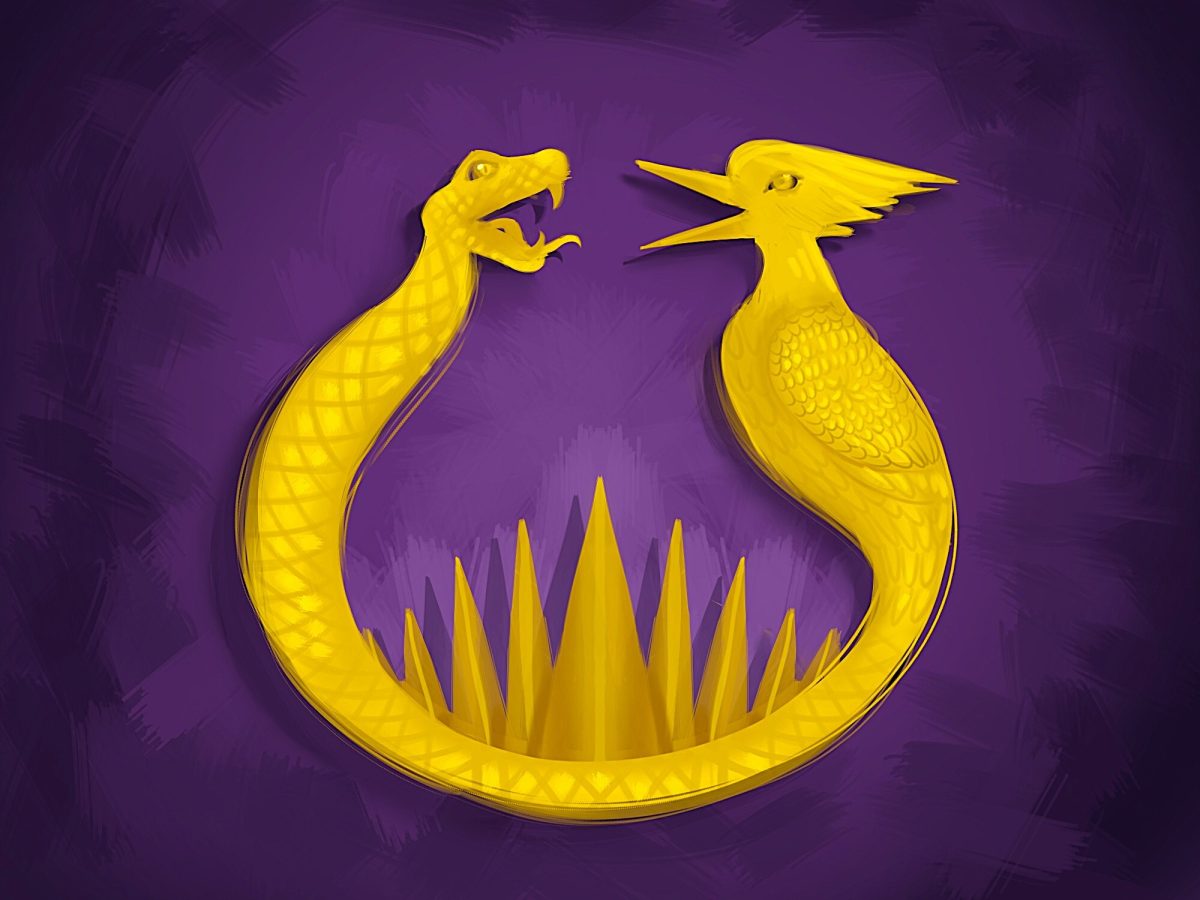This is the first of a three-part series on mental health.
College students faced with new lifestyles filled with ups and downs are vulnerable to depression, many psychologists say. But the problems may start much younger, experts are finding out as they study the causes and effects of depression and mental disorders in children.
Young children struggle with symptoms such as intense mood swings, hallucinations, serious behavioral problems, a lack of ability to concentrate and even have suicidal thoughts, according to local psychologists. Though the problems are often overlooked or chalked up to bad behavior, experts have discovered that diagnosis, therapy and medication are necessary for a substantial group of children.
One in 10 children and adolescents in the United States suffers from mental illnesses severe enough to impair their daily life, although fewer than one in five receives treatment, according to the Office of the Surgeon General.
Studies suggest that bipolar disorder amongst adolescents is equal to that in adults. Lack of research and funding, compounded by the fact that these diseases can change as a child develops, contribute to the current issues surrounding the growing number of untreated children.
Much remains unknown about childhood mental illness, for a number of reasons.
Most parents are reluctant to subject their children to clinical studies, not wanting their children to be used as guinea pigs, explained Lisa Lambert, co-director of the Parent Professional Advocacy League, the Massachusetts state organization of the Federation of Families for Children’s Mental Health.
Depression in children has only been studied for two decades according to Martha Tompson, an assistant psychology professor at Boston University.
‘Sometimes facts about adult depression are attempted to be extrapolated and applied to children, but kids are not little adults,’ she said.
But slowly, perceptions are changing.
‘Today, depression and ADD [Attention Deficit Disorder] are two of the top syndromes affecting children considered to have ‘special needs,” Lambert said. ‘When you think about the typical ‘Jerry’s Kids,’ they were usually considered to have physical handicaps until now,’ she added, referring to the Jerry Lewis’ fundraising efforts for children with special needs.
DIAGNOSING DEPRESSION
Both environmental and genetic factors can trigger behavioral disorders in children, experts say.
A growing awareness of mental illness in general and its ties to high stress levels has led to faster recognition of certain chemical imbalances in children.
‘Depression is strongly associated with stress. We live in very stressful times,’ Tompson said, adding that children are as susceptible to absorbing everyday stresses as adults are.
But while the stigma associated with mental illness has diminished in recent years, many parents remain reluctant to diagnose their children. Lambert, whose own son has been diagnsed with depression, described a major diagnosis as ‘a long term sentence,’ for a child.
When a child is suspected of having a mental imbalance, Tompson recommends parents, teachers, pediatricians and children themselves gather reports. But she warned against using children’s own insights as a sole indicator of mental problems.
‘As adults, we possess an observing ego,’ she said. ‘Children do not usually possess insight and are usually not good reporters of problems or timeframes.’
‘Diagnosis is extremely difficult,’ Tompson acknowledged. ‘An evaluation can not be based on one snapshot in time.’
Even when a proper diagnosis is established, treatment is very difficult, because like all chronic illnesses (such as pediatric cancer and juvenile diabetes), mental illness afflicts children in a more severe manner than it does adults, said Martha Hellander, executive director of Child and Adolescent Bipolar Foundation, an online support group.
THE BIPOLAR PRESCHOOLER
Bipolar disorder is a genetic disease that usually emerges one generation after the next. Childhood illnesses can trigger it, as can prenatal viruses a mother may pass on to her child in utero. Its manifestations are both mental and physical.
‘Bipolar is a very physical illness,’ Hellander said. ‘It affects the cardiac system, as well the thyroid and endocrinology.’
Bipolar disorder is life threatening; children who suffer from the disease shave nine years off their life expectancy. This figure does not include the number of children that die young because of suicide, the third leading cause of death for children aged 10 to 19, according to a recent Newsweek article.
‘A child is bipolar since birth,’ Hellander said. ‘They suffer long, extended tantrums [referred to as raging], and are inconsolable, miserable children.’
Bipolar preschoolers can express wishes to die and can be hypersexual, meaning they begin to masturbate at a preschool age and will reach for mothers’ and teachers’ breasts, Hellender said.
Other symptoms include verbal hallucinations, intrusive thoughts, moods characterized by confusion and fright and anti-social behavior. A child can be so consumed by his internal thoughts and moods that little time is left for learning and proper social interaction.
Since pediatric mania is socially unacceptable, bipolar behavior can be misinterpreted as a sign of family problems, such as physical abuse. Hypersexual behavior is usually interpreted by social workers as a telltale sign of sexual abuse.
‘People do not want to believe children have this illness at such a young age, so they resort to ignorance and blame the families, Hellander said.
The symptoms can also be attributed to Attention Deficit Hyper Disorder, which can coexist along with bipolarity.
Diagnosis of a bipolar condition is extremely important, Hellander emphasized, since the most effective treatment is medication. She acknowledged that although some studies have been done recently, there have not been nearly enough.
Effective medications include lithium the most researched medication in childhood bipolar cases as well as a combination of anti-convulsants usually used for epilepsy and anti-psychotics to combat mania.
‘For bipolar children, life itself is a stressor. They are more sensitive to light and sound. They are overwhelmed with the normal and these medications calm their nervous systems,’ Hellander said.
Once medicated, she said, children with pediatric bipolar disorder are able to function within normal boundaries and suffer fewer mood swings.
THERAPEUTIC BENEFITS
Other mental illnesses, such as depression, are best treated by psychotherapy, especially cognitive behavioral therapy and family therapy. Some psychiatric hospitals use pictures of faces that depict certain emotions, making it easier for children to describe how they feel.
‘Therapy provides children the tools to talk so they can explain their pain,’ Lambert said.
Tompson believes psychotherapeutic methods should always be applied, to ‘help the child’s environment support them.’
Although some young children are prescribed selective seritonin reuptake inhibitors (SSRIs) such as Prozac, the Federal Drug Administration now recommends that Paxil not be prescribed to anybody under the age of 18. This suggestion is based on a British study that reported an increase in suicidal thoughts and behavior among children on the drug, according to William Beardslee and Stuart Goldman in Newsweek’s article.
THE NECESSITY OF RESEARCH
The emergence of bipolar disorder in first-year college students is also a major problem, according to Hellander. Triggered by typical college rites of passage like lack of sleep and increased drug and alcohol use, bipolarity can be dangerous for students away from home for the first time.
Students with genetic vulnerability for the disease who have not displayed symptoms up until this point can begin to act manic displaying grandiose highs and lows and depressive.
Hellander said she was encouraged by the emergence of effective treatments, but lamented that more research funding for is not available.
‘By having Congress put money into pediatric bipolar research, so much money could be saved down the road in our prison system and in programs to combat substance abuse and homelessness,’ Hellander said, noting 60 percent of those who suffer from bipolar disorder develop substance abuse problems.
Current bills submitted to Congress include the Federal Parity Law, which would require insurance companies to consider all illnesses equal. Right now, most insurance companies cover 10 days in hospital and 30 outpatient visits per year in respect to mental health.
‘This is left over from the old days,’ Hellander said. Private insurance will cover brain tumors, she said, but not the bipolar disorder that similarly harms the brain.
Support groups that exist nationwide are effective ways to help both families and patients, according to Philip Hadley, president of the National Alliance for Mental Illness’s Massachusetts branch.
‘You meet people with the exact same experiences. Finally, there is no stigma, no issues of confidentiality,’ Hadley said. ‘As adolescents, they can go out to a museum or the beach together. In these situations, none of the children is the ‘different’ one,’ he said.
‘They can then develop self confidence and the ability to laugh,’ he added. ‘Within the group, these teenagers can do normal things they usually would be afraid to do because they may be criticized.’
These support groups ‘normalize everything,’ Lambert said. ‘The programs and social activities allow the kids to create an identity.’








